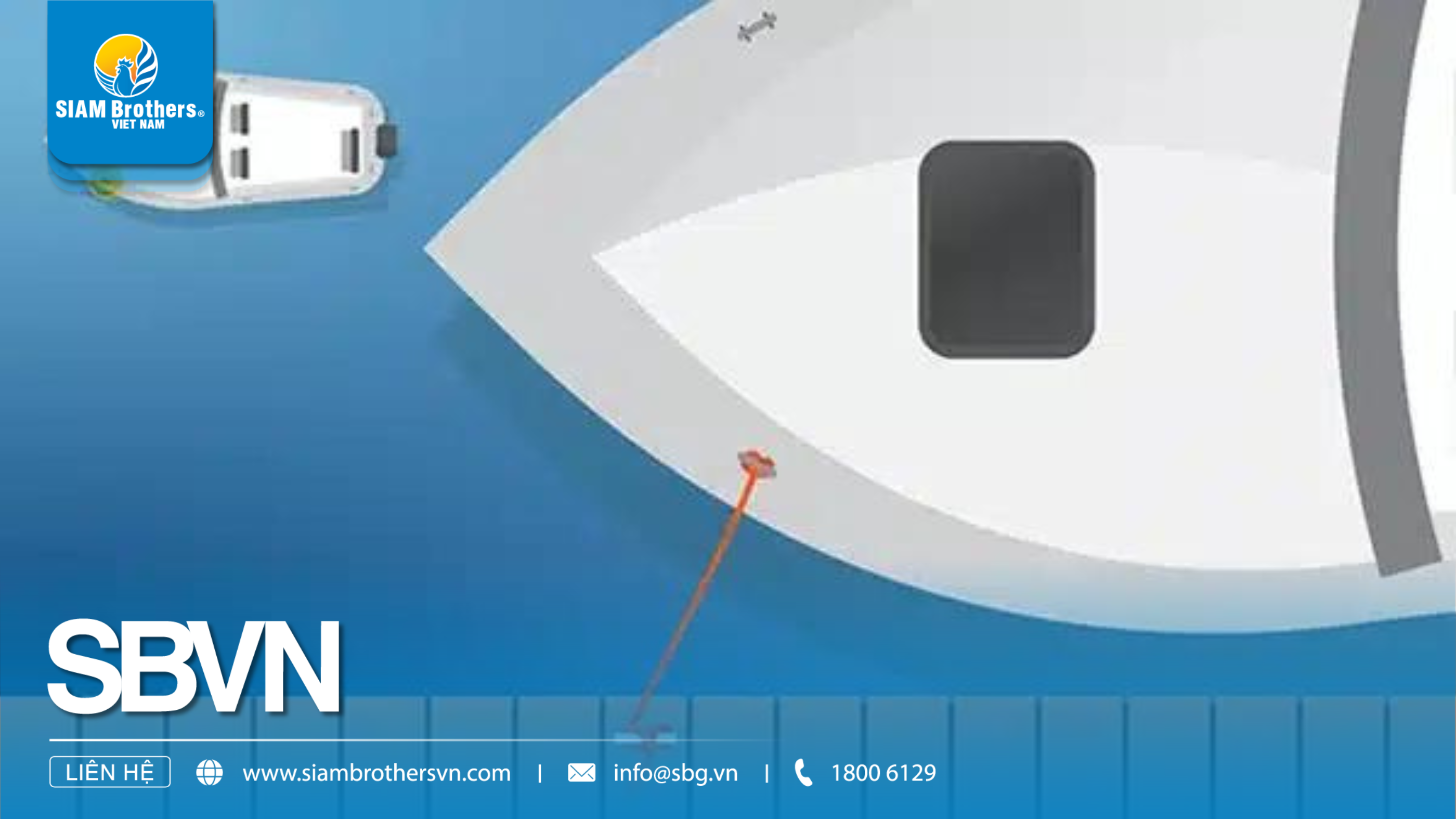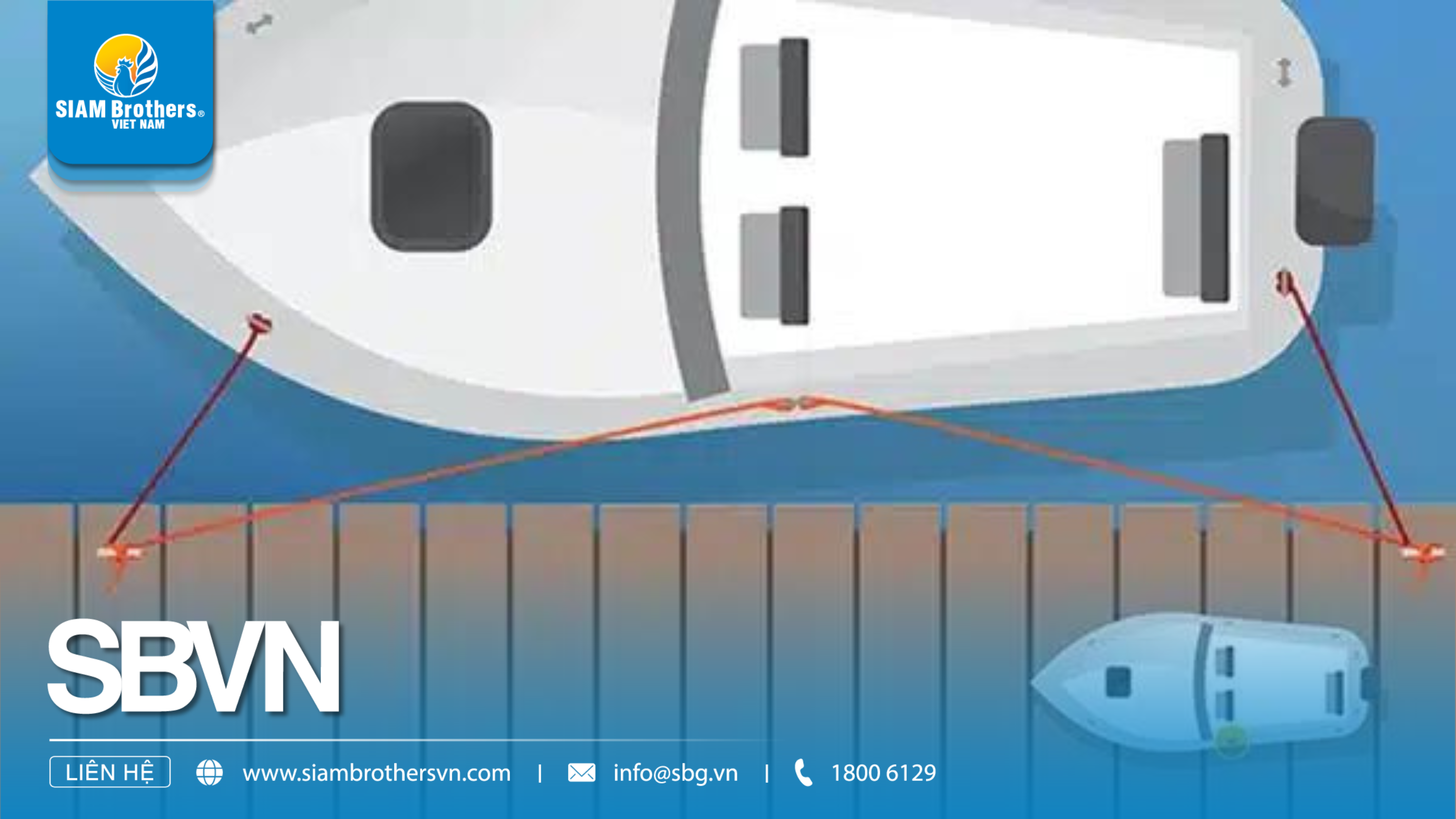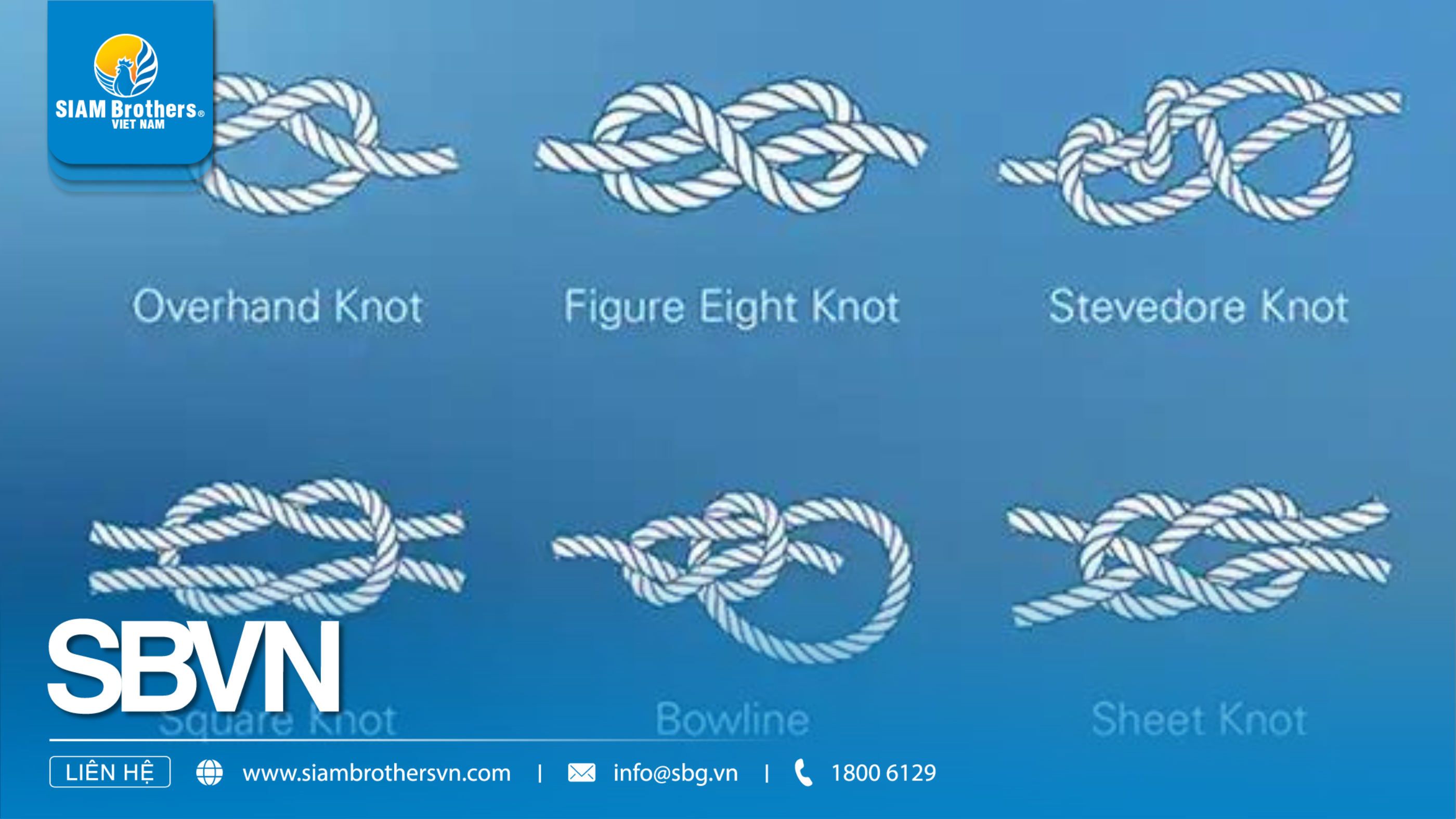Mooring lines, often called mooring ropes, play a vital role in maritime operations by anchoring vessels to docks, piers, or other stationary structures. They are crucial for maintaining the stability and safety of ships, boats, and offshore structures while docked. This article delves into the three fundamental types of mooring lines: bowlines, stern lines, and spring lines, explaining their specific roles, benefits, and proper usage.
Mooring lines are essential for securing a vessel to a fixed structure, preventing it from drifting away due to wind, waves, or currents. Each type of mooring line has a unique function and placement on the vessel to ensure optimal security. Proper use and understanding of these lines are crucial for effective mooring and the vessel's and its occupants' safety.

Bowline | Source: seatow.com
Function and Placement:
The bowline is the primary line used to secure the bow (front) of the boat to the dock. It is typically the first line attached when docking and the last to be removed when departing. The main function of the bowline is to prevent the boat from drifting away from the dock or moving forward.
How to Use:
To secure a bowline, one end of the line is attached to a cleat or bollard on the dock, while the other end is fastened to a strong point on the boat’s bow. The line should be taut but not overly tight to allow for slight adjustments and the natural movement of the water. Proper tension in the bowline ensures that the boat remains stable and aligned with the dock.
Key Considerations:
Tension: The bowline should be set with minimal play while allowing for the rising or falling of water levels.
Combination: Bowlines are often used in combination with stern lines and spring lines to provide comprehensive security.

Stern line | Source: seatow.com
Function and Placement:
The stern line is used to secure the stern (rear) of the boat to the dock. Like the bowline, the stern line prevents the vessel from drifting forward or backward, ensuring that the boat remains in a fixed position alongside the dock. The stern line is usually attached after the bowline when docking and removed before the bowline when departing.
How to Use:
To properly use a stern line, one end is tied to a cleat or bollard on the dock, and the other end is secured to a strong point on the stern of the boat. The line should be kept taut to maintain the boat's position but not so tight as to strain the dock or the boat's fittings. Stern lines work in tandem with bowlines and spring lines to provide a balanced and secure mooring arrangement.
Key Considerations:
Tension: Ensure the line is taut but allows for the boat's natural movement.
Order of Use: Attach the stern line after securing the bowline and remove it before the bowline when departing.

Spring line | Source: seatow.com
Function and Placement:
Spring lines are unique among mooring lines due to their diagonal placement and function. Two main types of spring lines are the forward spring line and the aft spring line. These lines run diagonally from the boat to the dock and are used to prevent the vessel from moving forward and backward along the dock. By countering longitudinal movement, spring lines enhance the overall stability of the moored boat.
Types and Usage:
Forward Spring Line: This line runs from the stern of the boat forward to a cleat or bollard on the dock. It prevents the boat from moving backward.
Aft Spring Line: This line runs from the bow of the boat aft to a cleat or bollard on the dock. It prevents the boat from moving forward.
Properly positioning and tensioning spring lines require a bit more skill and experience than bowlines and stern lines. These lines should be adjusted to allow some give, accommodating the boat's natural movement due to waves and tides while still maintaining stability.

Spring line | Source: seatow.com
Key Considerations:
Tension: Spring lines should be nearly tight at low tide.
Direction: The direction these lines run from the boat determines their designation as “forward” or “aft” spring.
When docking, it’s crucial to consider environmental factors such as wind strength and direction, wave and wake action, and the tidal stage. Bow and stern lines should be set with minimal play while allowing for the rising or falling of water levels. Spring lines should be nearly tight at low tide to ensure the boat remains secure despite environmental changes.

Knots for mooring | Source: seatow.com
Read more: 20 Common Knots for Ropes
Understanding and correctly using the three basic types of mooring lines—bowlines, stern lines, and spring lines—are essential for safe and effective mooring. Each type of line plays a specific role in securing the vessel and preventing unwanted movement. By considering environmental factors and ensuring proper tension and placement, you can maintain the stability and safety of your boat while docked.